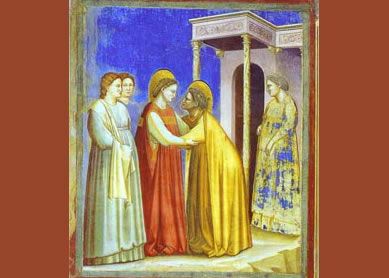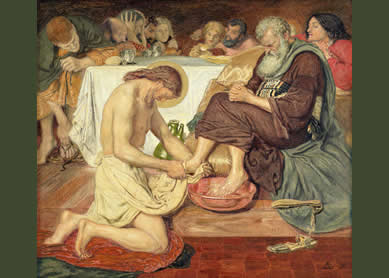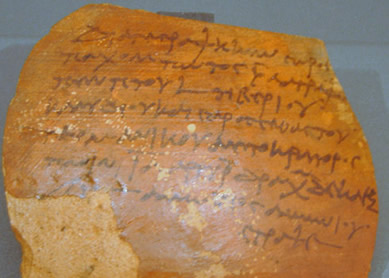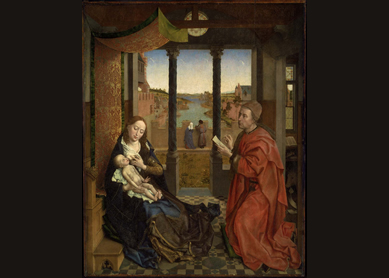Stories of Jesus’ birth are found in only two of the four New Testament Gospels, Matthew and Luke. The stories are quite different from each other. Because they are most often combined in the Christian imagination, appreciating each of them requires noting some of their differences.
Luke’s is the more familiar. It includes the annunciation to Mary that she will bear a child conceived by the Holy Spirit, the journey of Joseph and Mary from Nazareth to Bethlehem because of the taxation decree of Caesar Augustus, Jesus being born in a stable, and shepherds watching their flocks by night and being told by an angel to come to adore him. What is missing are a few familiar details from Matthew’s story: the special star leading wise men from the East to the place of Jesus’ birth, Herod’s plot to kill Jesus, and the slaughter of infants in the region of Bethlehem.
Both stories are political as well as religious. In Matthew, King Herod’s plot to kill Jesus echoes the story of Pharaoh’s command in the time of the exodus from Egypt that all Hebrew male babies were to be killed. Herod—Rome’s appointed king—is Pharaoh all over again.
In Luke’s birth story, the key to seeing its political meaning is Roman imperial theology, which includes the divine conception of Caesar Augustus, the greatest of the Roman emperors and ruler when Jesus was born. He was conceived by the god Apollo in the womb of his mother Atia. His titles included “Son of God,” “Lord,” “Savior,” bringer of “peace on earth.” Inscribed on coins and temples, the public media of the day, they continued to be used by most emperors after Augustus.
Thus there was already a “Son of God,” “Lord,” and peace-bringing “Savior” in the world in which Jesus lived and in which early Christianity emerged. Roman imperial theology is the historical context for understanding the use of this language.
Luke’s story of Jesus’ birth is a primary example. It deliberately counters and challenges Roman imperial theology. It includes divine conception, and thus Jesus, not Caesar, is the “Son of God.” Mary’s song—the Magnificat—proclaims that the powerful will be brought down from their thrones, the lowly lifted up, the hungry filled, and the rich sent away empty (





